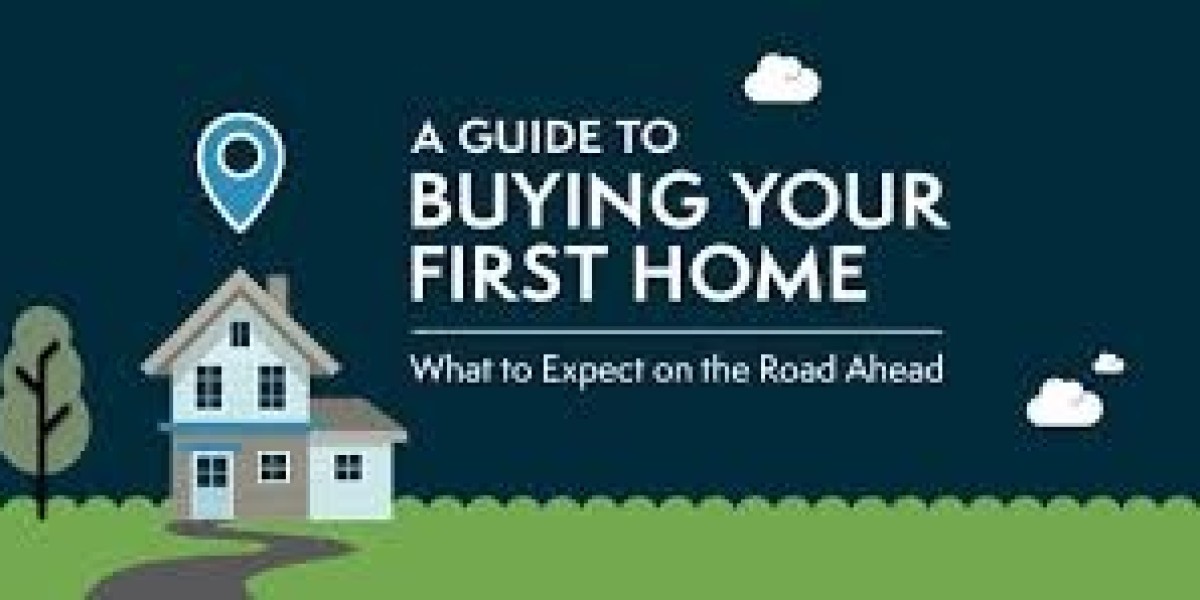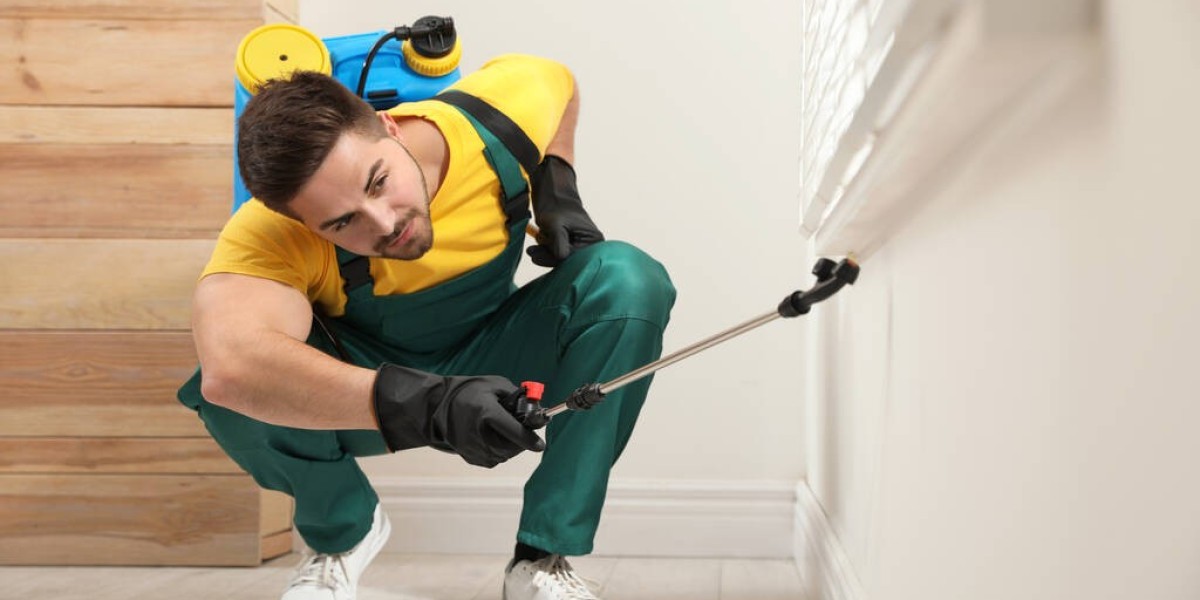Are you ready to take the plunge into homeownership? Buying your first home is an exciting journey, but it can also be overwhelming. With careful planning and the right knowledge, you can make this process much smoother. In this comprehensive guide, we'll walk you through the key steps to buying your first home.
1. Assess Your Finances
Before you start browsing listings, it's crucial to evaluate your financial situation. Calculate your budget, including your down payment, monthly mortgage payments, property taxes, insurance, and maintenance costs. Consider working with a financial advisor to ensure you're financially prepared for homeownership.
2. Determine Your Needs and Wants
Create a list of your must-haves and nice-to-haves in a home. Consider factors like location, size, number of bedrooms and bathrooms, and any specific amenities you desire. This list will help you focus your search and make the decision-making process easier.
3. Get Pre-Approved for a Mortgage
Obtaining a mortgage pre-approval is essential. It gives you a clear idea of how much you can afford and makes your offers more attractive to sellers. Compare offers from different lenders to secure the best mortgage rates and terms.
4. Start House Hunting
Begin your search for properties that match your criteria. You can use real estate websites, work with a real estate agent, and attend open houses. Don't rush the process; finding the right home may take time.
5. Make an Offer
Once you've found the perfect home, work with your real estate agent to draft a competitive offer. Be prepared for negotiations with the seller, and don't be afraid to walk away if the deal doesn't meet your criteria.
6. Inspections and Appraisals
After your offer is accepted, schedule a home inspection to identify any potential issues. Additionally, the lender will arrange for an appraisal to ensure the home's value aligns with the loan amount.
7. Secure Your Mortgage
Complete the necessary paperwork and provide any additional information your lender requests. Be prepared for the underwriting process, which may involve further financial reviews.
8. Closing on Your Home
Once your mortgage is approved, you'll schedule a closing date. This is when you'll sign the final paperwork, pay your closing costs, and receive the keys to your new home.
9. Move In
Congratulations! You're now a homeowner. Plan your move carefully, and start settling into your new abode.
10. Maintenance and Upkeep
Owning a home comes with ongoing responsibilities. Regular maintenance will keep your property in top condition and preserve its value.
Buying your first home is a significant achievement, and with the right guidance, it can be a smooth and rewarding process. Remember that real estate is a long-term investment, and your new home will provide a sense of security and stability for years to come.



